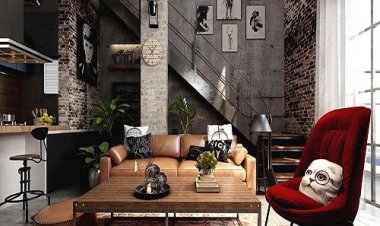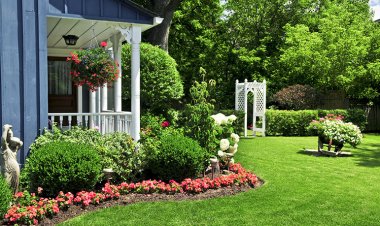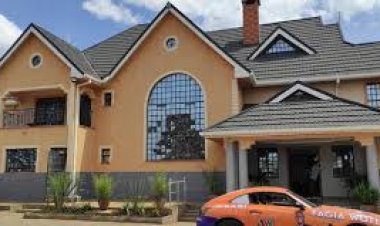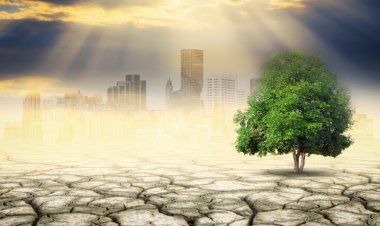Understanding Your Home's Drainage System
Every year, there are gallons of water loss in Kenya due to leaks that sometimes don't even need the eye of a professional. This article explores ways in which you can fix some of the most persistent leak problems if armed with a wrench and a few plumbing basics.
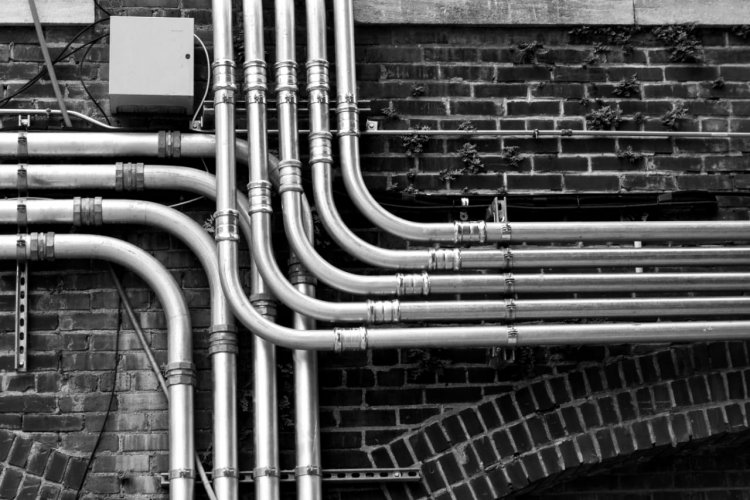
In Kenya, water wastages (and losses) occur all the time among urban and rural areas, rich and poor households, metered and unmetered water supplies. This contributes to gallons of water loss annually. Most of these leaks sometimes don’t even need the attention of a professional. You can fix some of the most persistent leak problems if armed with a wrench and a few plumbing basics. Fixing leaks yourself is obviously economical, but you also need to know when to call in the plumbers.
In this article, we’ll discuss the complexity and the basics of your drainage system and how to understand it. You’ll learn when to go DIY, when to call a plumber, and how to differentiate the two.
Plumbing Basics
House plumbing consists of two systems:
- Water supply system
- Drain Water Vent (DWV) System
Water supply system
This is a system of pipes that bring fresh water into the home. This system is highly dependent on pressure. The water in the pipes can come from city water or wells and boreholes. City water enters your house from a huge pipe ‘the main pipe’ that’s usually parallel to your street. If your connection to the main pipe has a problem, it will affect your water supply, call a professional. Damage to the main can result in civil lawsuits and hefty fines so it is important to avoid them.
In cases where you don’t have access to city water usually, you can get your water supply from wells or boreholes. Water from these sources must then be pumped into the home at high pressures. Reduced pressure keeps water from reaching the furthest and highest points of your house. Running showers and faucets are usually the first victims of low pressure.
Factors affecting pressure range from leaks to blockages. If the leak is caused by a loose connection, it can easily be handled in-house. If, on the other hand, the leak necessitates re-piping, you better call a professional plumber to fix this. The main pipe is always connected to your water meter. There’s also a shut-off valve before or after your meter. The function of this valve is to cut off the water supply system making it useful when doing repairs.
How to Maintain the Water Supply System
Correctly installed piping should be leak-proof. However, the system may disintegrate with time. In some cases, a plumber may find it necessary to do a complete overhaul of the plumbing. The water supply system performs optimally when pressure is high. This makes the system rather sensitive to damage. A leak in the drainage system may cause damp-related problems in the house. By contrast, leaks in the water supply system take things a step further: They affect water pressure. Low pressure makes it impossible to run showers and flush toilets. Evidently, leaks are most harmful in the water supply system. Due to the sensitivity of the system, its problems are best handled by professionals.
Swiftly, let’s move on to the second system:
Drain Water Vent (DWV) System
These two home plumbing systems don’t overlap and it’s for a good reason. However, there are bridges all over the home where the two systems meet. Plumbers call these bridge fixtures. We know them by their household names: Sinks, faucets, washing machines, etc.
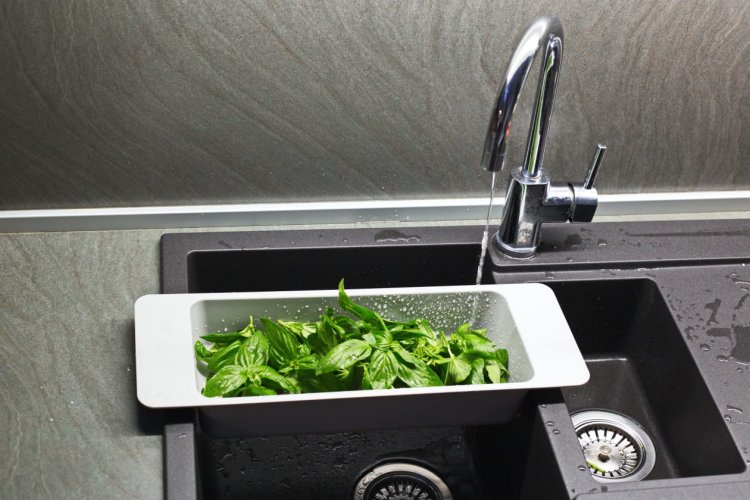 [A drain water vent system. Photo/Courtesy.]
[A drain water vent system. Photo/Courtesy.]
A fixture is any point of water use. Clean water enters a fixture, wastewater leaves a fixture. The drainage system relies heavily on gravity to rid the home of wastewater. The DWV has three main components:
- Drain pipes
These are downward angled pipes that rely on gravity to move water from the fixture and into the sewer line. As mentioned earlier, this system is more complex than the water supply system. It relies on gravity has its downsides. Drain pipes have to be engineered and placed in a manner that lets them play gravity to their advantage. Always consider the angle of the pipes. These pipes are also bigger than water supply system pipes such that their size allows them to carry waste without blocking.
- Drain traps
They’re also called P traps; these taps are U-shaped pipes that prevent backflow in a plumbing system. These pipes also hold water consistently, thanks to their curvature. The DWV system connects your house to the sewer line. Without the drain trap, sewer gases would turn your house into a stink-fest. Drain traps also allow grease, hair, and other debris to sediment. This debris is then removed through clean-out plugs. Without the traps, the debris would move down the pipe and cause clogging.
- Drain vents
Try to turn a bottle of water upside down, you will find that, water flow is rather hectic. That’s what happens when water flows through a closed system; it’s just not smooth. That’s where drain vents come in. The drain vent system runs from your roof and into your drain pipe. It releases air into the plumbing to ensure smooth drainage. Damage to any of these three systems will be reflected in the overall efficiency of the DWV system. Sub-standard products also affect your drainage’s efficacy. Only buy certified quality plumbing products.
Maintaining the DWV System
Clogging is the biggest problem associated with DWV water systems. Hair is the most common cause of clogging in the bathroom, but grease takes it in the kitchen. To mitigate the risks of clogging, frequently empty clean-out plugs. You must also be on the lookout for leaks. The DWV’s piping is hidden, for the best part. Tell-tale signs of leaks include mold infestations, damp ceilings, and stinky rooms. Leaks also cause structural damage. It doesn’t hurt to call a professional plumber to look through your piping system for leaks. Just because you don’t see it doesn’t mean it isn’t there.
Home Plumbing Systems
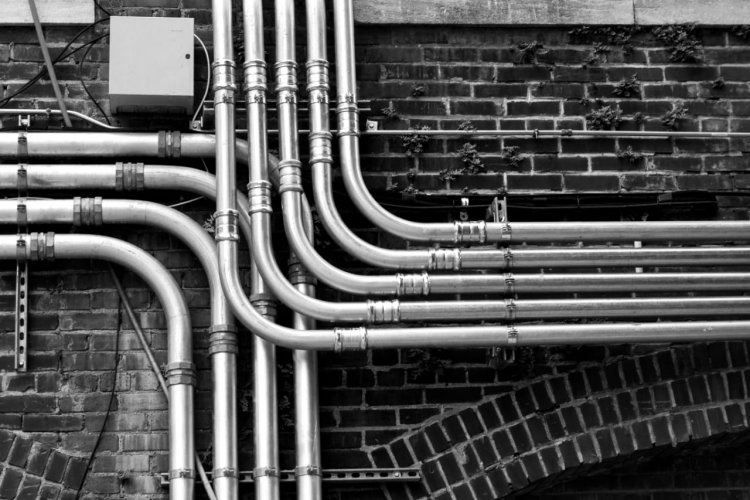 [An example of a home plumbing system. Photo/Courtesy]
[An example of a home plumbing system. Photo/Courtesy]
Plumbing in the home is focused on two areas:
- The Kitchen Plumbing System
The kitchen’s plumbing is largely hidden in the walls. The water supply system brings both hot and cold water to fixtures. Plumbing in the walls is another task best left to the plumbers.
- The Bathroom Plumbing System
Bathrooms are heavily reliant on pressure. This system also has separate hot and cold piping systems. If pressure ever reduces to a point of concern, call a plumber.
To reduce pressure by that degree, the leak has to be quite extensive. A DIY approach isn’t the best for such extensive problems. You’ll only make the problem worse. Call your plumber.










